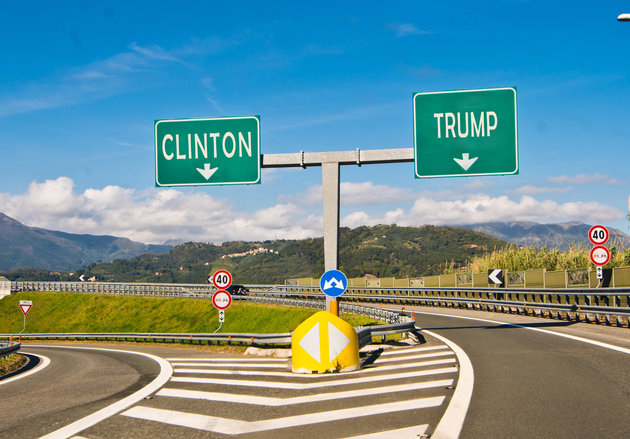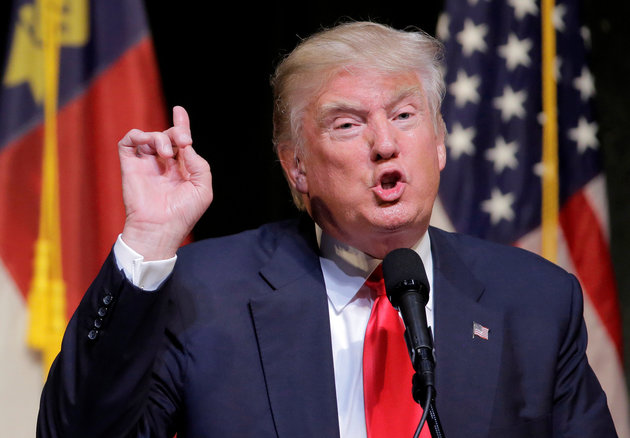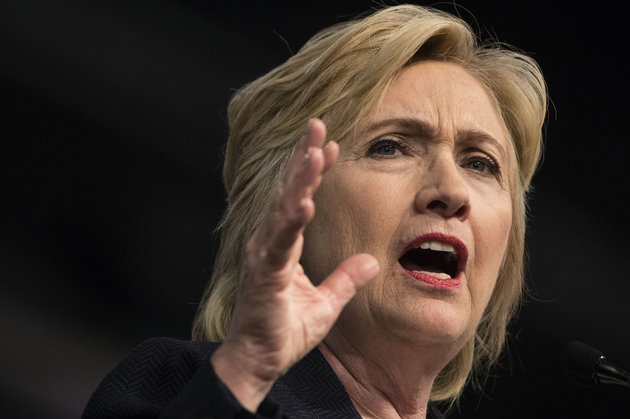
WASHINGTON ― As an expert on American politics, 63-year-old Larry J. Sabato is as credentialed as they come: The University of Virginia, Princeton, Rhodes Scholar, Oxford doctorate, professor at UVA, author of 20 books and astute prognosticator.
A Virginia gentleman, Sabato tries to keep a wry distance and to resist gloom let alone hysteria about politics.
Until now, as he looks ahead to the U.S. presidential election, which unofficially begins its dramatic last phase next week in Cleveland, with the first of two party conventions.
“Frankly, I’m scared,” he says.
The American economy not only has recovered substantially from the catastrophe of 2008 but has moved ahead smartly in many ways. But political divisions among voters are as sharp and angry as they have been in decades. Trust in governmental institutions is as low as it’s been since such measurements began six decades ago; and racial fears and antagonisms are, if anything, more acute than during the fiery 1960s.
And to top it all off, American voters will in November face a choice of historically negative magnitude, between two major-party candidates whom the public, as a whole, intensely dislike.
“Donald Trump is a mad man in my view, and could blow up the world,” said Sabato. “Hillary Clinton won’t blow up the world, but for 25 years she’s refused to admit that she has a duty to tell the whole story.”

“We only started polling on trustworthiness and character of candidates in the 1950s,” Sabato said. “But since we’ve been doing it, these are the least-trusted pair of candidates by far. There has never been anything like it, at least in modern times.”
“Trump can’t govern if he is elected; he is simply incapable. But Hillary will have a tremendous burden, too, of 25 years of scar tissue.”
In theory, a public mood of deep distrust of government and politicians should have made voters hungry for an impeccable, plausible ― and presumably younger and less damaged ― newcomer.
It hasn’t worked out that way. Some of the reasons are particular to the Democratic and Republican parties, says Sabato.
Midterm elections in 2010 and 2014, both characterized by backlash to Barack Obama’s presidential victories, wiped out a younger generation of potential challengers to a Clinton brand that was launched in the 1980s.
“Hillary was left facing a ridiculously weak field,” said Sabato. “I like Bernie Sanders, but come on. The fact that he got as far as he did, showed that there really wasn’t anybody to knock off Hillary.”
Sabato pointed out that Clinton had had fewer press conferences than Trump, and had refused to explain the “contradictions” in her version of the State Department emails controversy versus the damning version of the FBI and the Department of Justice. “She simply refuses to realize that an explanation is due,” said Sabato. “She’s simple refusing to admit that he should do it. I expected her to give it a try, but instead she just stonewalled in public and declared the story over. It is not.”

On the GOP side, the party was the victim of the cynicism it had sowed for decades about the role of government ― and politicians. And the often valid critique of “big” government transformed in the Obama years into an open, out-and-out hatred of immigrants, minorities and any “other” who threatened white voters.
“The Republicans since 2010 have been electing more and more extreme candidates,” said Sabato. “The Tea Party and its aftermath was never just about Obamacare ― it was about THEM.”
“The natural result was Donald Trump ― or would have been Ted Cruz had it not been for Trump.”
The result is likely to be a summer-and-fall campaign of unrivaled viciousness, which of course could drive the levels of public cynicism even higher –- and make governing America even harder.
“I am afraid we are in for a very unpleasant next four years after November,” said Sabato. “And I should really use a word a lot worse than ‘unpleasant.’”- Publish my comments...
- 0 Comments
